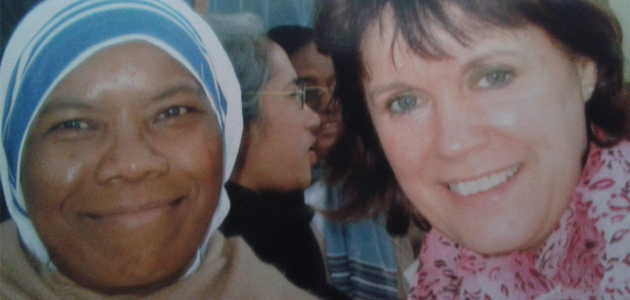The Shed That Fed a Million Children.
Reviewed by Miriam Reynolds

The shed that fed a million children is the extraordinary story of Mary's Meals.
It tells the story of a fish farmer from Scotland coming up with an idea that would change the lives of over a million children worldwide.
It all started when, after watching a news bulletin in war torn Bosnia in the 90's Magnus Mc Farlane-Barrow and his brother decided, over a
pint in their local pub, that they would collect aid and deliver it to the war torn country in Manus's clapped out VW camper.
On returning home Magnus discovered the public had carried on donating filling his father's old ramshackle shed with goods. The donations
kept coming and soon, it became necessary to set up a charity.
Manus decided that his next trip would be Malawi. It was whilst on his trip to Malawi that Magnus met 14 year old Edward on a visit to his
families shack. Edward was the eldest of six children, his father had died and his mother was dying of aids. When Magnus asked the boy what
he wished for his future the boy answered "would like to have enough food to eat and go to school one day." This simple wish from this 14
year old led to the idea that would change the lives of millions of children world wide!
Magnus created a programme called Mary's Meals, which provides meals for children that attend school. Millions of children cannot attend school
due to starvation or have to work to help pay for food. Even if they attend school they are so hungry and malnourished that learning becomes
impossible.
Magnus realised that the way out of poverty was education and that if schools could provide a child with a meal, it would be a great incentive
for poor parents to send their children to school and therefore breaking the destructive cycle of hunger, poverty, disease and illiteracy. It costs
an average of £12.50 to feed a child for a whole year, and most of the donations come from ordinary people around the world.
Manus says the reason Mary's Meals works is because it is the community who owns it, they are in charge of providing volunteers to cook the food and
also to guard it from thieves!
The schools must agree to organise a rota of mothers to come in every day and cook the food and of course they have the incentive when it's their
children being fed. The community must also agree to plant and tend to a copse of trees, which can be chopped down as fuel for the stoves, rather than
felling existing forests.
Mary's Meals continues to expand meeting the most needy children around the world and the HQ for Mary's Meals is the lopsided shed Magnus and his
siblings used as a snooker room. The reason for this is he wants to be reminded of why and how this remarkable work began and wants to be reminded
of humble beginnings from a young boy's wish that was so simple but led to something so powerful. On his shed wall is a photo of Edward and his siblings
with their dying mother and is constantly reminded where it all began, from the simple words of a 14 year old boy "I would like to have enough food
to eat and go to school one day."
The book is a first hand journey of how Mary's Meals started, but it contains humour and little anecdotes that made me laugh and cry but it most of
all it educated me. Nothing pulls at the heart strings like hungry children as I witnessed on a trip to India in 2013.
I loved the idea that if these children can get an education poverty and most importantly reliance on aid, which I believe these people don't want
but don't have the choice, may become a thing of the past.
The thing I loved most about this book is the power of the message that lay in its simplicity. The idea could have been thought by anyone and to think
it all started in a ramshackle shed.
Manus McFarlane-Barrow the unassuming fish farmer from Argyll in Scotland has to be the world’s most reluctant hero.
I have a copy of the book if anyone would like to read it or it can be ordered from most bookshops with all royalties going directly to Mary's Meals.
Miriam Reynolds








